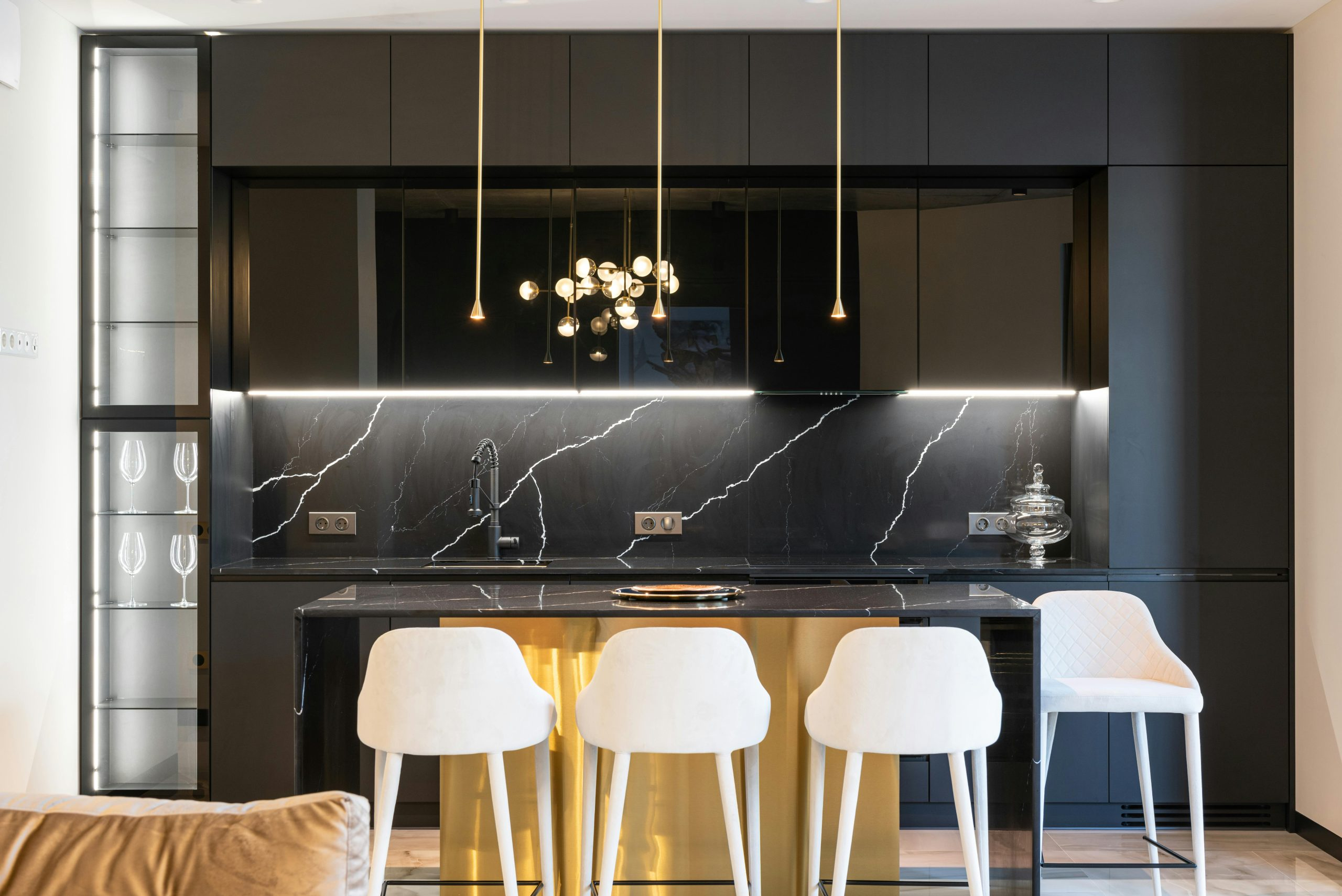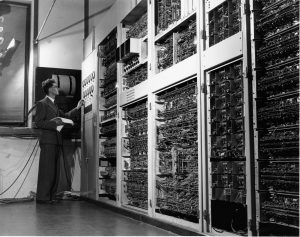Affordable Housing Revolution: Transforming Communities Through Smart Design
With the average cost of housing on the rise and wages remaining stagnant, access to affordable housing has become a pressing issue for many communities. In the United States alone, nearly 40 million people struggle to afford adequate housing, with low-income households facing the greatest burden. However, amidst this crisis, there is a growing movement towards an affordable housing revolution, one that is focused on transforming communities through smart design. By prioritizing efficient and sustainable building practices, this revolution is not only addressing the urgent need for affordable housing, but also creating long-term social and economic benefits for individuals and communities. Let’s take a closer look at how this revolution is transforming the way we think about housing.
The Current State of Affordable Housing
Before we dive into the affordable housing revolution, it’s important to understand the current state of affordable housing. In many cities, the demand for housing far exceeds the supply, causing rental and housing prices to skyrocket. This, coupled with stagnant wages, has made it increasingly difficult for low-income households to find affordable housing options. As a result, these individuals and families are often forced to live in inadequate and overcrowded conditions, putting their health and well-being at risk.
Furthermore, the lack of affordable housing also has a ripple effect on communities. Without access to adequate housing, individuals struggle to find stable jobs and maintain their financial security. This, in turn, can lead to higher crime rates and decreased economic development in these areas. It’s clear that addressing the issue of affordable housing is not just about providing shelter for those in need, but also building stronger and more resilient communities.
The Concept of Smart Design
So, what exactly is smart design and how does it fit into the affordable housing revolution? At its core, smart design is about using innovative and sustainable building practices to create cost-effective and efficient homes. This includes techniques like prefabrication, which involves constructing building components in a controlled factory setting and then assembling them on-site. Not only does prefabrication reduce building costs, but it also allows for faster construction times, making affordable housing projects more feasible.
Another key aspect of smart design is the use of green building practices. This includes utilizing energy-efficient materials and systems, incorporating renewable energy sources, and designing homes to maximize natural light and ventilation. By minimizing the environmental impact of affordable housing projects, smart design not only benefits the residents but also contributes to a more sustainable future.
The Benefits of Smart Design for Affordable Housing
The affordable housing revolution, with its focus on smart design, has the potential to bring about numerous benefits for individuals and communities alike. One of the most significant benefits is the reduction in building costs. By using prefabrication and green building practices, affordable housing developments can be constructed at a lower cost, making them more accessible to those in need.
In addition, smart design also creates more efficient homes, with reduced energy consumption and lower utility bills for residents. This not only helps low-income households save money but also reduces the burden on community resources. Moreover, the use of sustainable building practices leads to healthier and more livable homes for residents, improving their overall well-being.
The Future of Affordable Housing
As the benefits of smart design for affordable housing become more evident, the future looks bright for this revolution. More and more developers, architects, and city planners are embracing the concept of smart design, leading to the construction of innovative and sustainable affordable housing projects. Governments are also recognizing the importance of investing in affordable housing, providing incentives and funding for these developments.
Furthermore, the COVID-19 pandemic has highlighted the critical need for affordable housing. With millions of people facing job loss and economic uncertainty, the demand for affordable housing is only going to increase. The affordable housing revolution, with its focus on smart design, offers a way out of this crisis, providing much-needed housing options for those in need.
In Conclusion
The affordable housing revolution is transforming communities by prioritizing efficient and sustainable building practices. Through smart design, affordable housing is becoming more accessible, reducing building costs, and creating healthier and more livable homes for residents. As this revolution continues to gain momentum, it has the potential to not only address the urgent need for affordable housing but also create more resilient and thriving communities for a better future.











